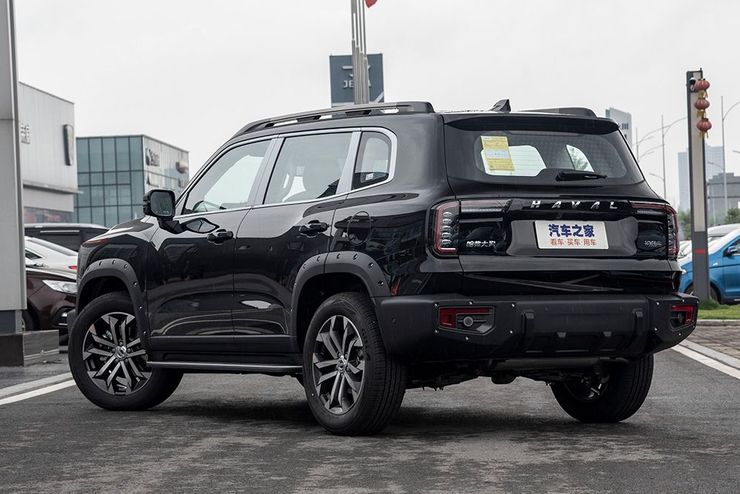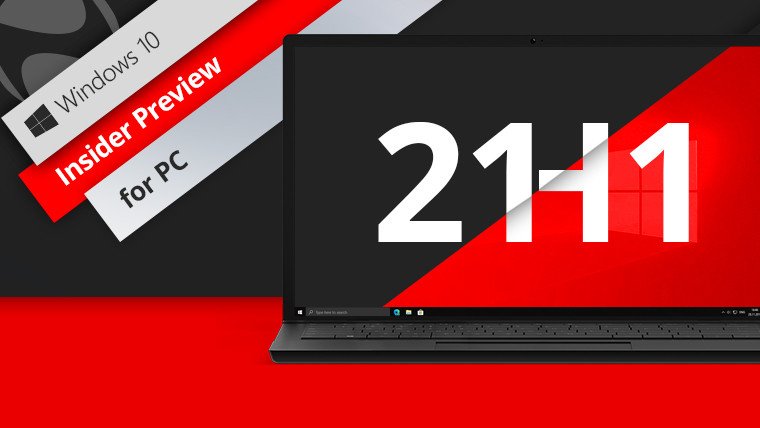In Russia, sales of the “Chinese” are in full swing, which is known domestically as Haval Big Dog (translated as “Big Dog”). The car is considered modern and even innovative. However, as the AvtoVzglyad portal has already written, all these epithets are unlikely to refer to the Dargo, and the motor is fully capable of delivering many extremely unpleasant surprises to its owners. Which one, the AvtoVzglyad portal popularly explains.
Buyers in China have already been able to “taste” the car, because Big Dog has been sold there for a long time. The car is criticized for cheap plastic, which soon begins to crack. There are also technical problems. For example, the off-road four-wheel drive cannot withstand the loads: the fifth-generation Haldex clutch is switched off by electronics at the most inopportune moment to prevent overheating. But these are only trifles compared to the surprises that the power unit itself throws up, the repair of which (if something happens) will cost a pretty penny.
Recall that the Chinese themselves developed a 2-liter gasoline engine with the GW4N20 index. And structurally, it differs significantly from the time-tested, although also not very reliable, GW4C20, which was installed under the hood of the Haval F7. The Dargo powerplant has an aluminum cylinder block with cast iron liners inside. And the “seven” have pure cast iron throughout. This solution is old, but practical, because it allows major repairs. Yes, the liners in the Dargo engine can also get bored, but this is a more delicate and complex work. In addition, with severe overheating, aluminum “leads”, which further complicates and significantly increases the cost of restoration.
There are also questions about technology. Metals have different coefficients of thermal expansion. Even a small defect in production will make itself felt. In other words, when the machine is commissioned, manufacturing defects will sooner or later lead to regular local overheating and warping of the sleeves. The result is a strong “oil burner” and wear on the cylinder walls.
Another feature of the GW4N20 is a high compression ratio of 12:1. At the same time, the manufacturer allows the use of 92e gasoline, as indicated by the corresponding sticker on the back of the gas tank flap. It seems to me that this is pure design, as using low octane fuel in a unit with such characteristics will clearly cause an explosion.
And the phase controller must also be optimally adjusted. Because a hitch in its work will lead to the burning out of the pistons and the “death” of the engine. I would advise you not to look in the direction of fuel with an octane rating of 92. Yes, and the 95th did not use it. It is better and safer to enter the 98th or even the hundredth. It is clear that the cost of driving the car will rise sharply, but no one promised that it would be easy to live with a Chinese car.
Further. Bloggers noted that the old Japanese naturally aspirated Toyota M20D engine has three oil jets per cylinder, while the modern Haval unit has only one. Looks like the Asians bailed. But a good lubrication system gives better resistance to overheating. So Dargo will need attention, and it can also “shuffle” money for repairs. So isn’t it better to buy a used “Japanese” or “European” one? They will obviously be more reliable and much more economical to run. However, the choice is yours…
Buyers in China have already been able to “taste” the car, because Big Dog has been sold there for a long time. The car is criticized for cheap plastic, which soon begins to crack. There are also technical problems. For example, the off-road four-wheel drive cannot withstand the loads: the fifth-generation Haldex clutch is switched off by electronics at the most inopportune moment to prevent overheating. But these are only trifles compared to the surprises that the power unit itself throws up, the repair of which (if something happens) will cost a pretty penny.
Recall that the Chinese themselves developed a 2-liter gasoline engine with the GW4N20 index. And structurally, it differs significantly from the time-tested, although also not very reliable, GW4C20, which was installed under the hood of the Haval F7. The Dargo power unit has an aluminum cylinder block with cast iron liners. And the “seven” have pure cast iron throughout. This solution is old, but practical, because it allows major repairs. Yes, the liners in the Dargo engine can also get bored, but this is a more delicate and complex work. In addition, with severe overheating, aluminum “leads”, which further complicates and significantly increases the cost of restoration.
There are also questions about technology. Metals have different coefficients of thermal expansion. Even a small defect in production will make itself felt. In other words, when the machine is commissioned, manufacturing defects will sooner or later lead to regular local overheating and warping of the sleeves. The result is a strong “oil burner” and wear on the cylinder walls.
Another feature of the GW4N20 is a high compression ratio of 12:1. At the same time, the manufacturer allows the use of 92e gasoline, as indicated by the corresponding sticker on the back of the gas tank flap. It seems to me that this is a pure set-up, as using low octane fuel in a unit with such characteristics will clearly cause an explosion.
And the phase controller must also be optimally adjusted. Because a hitch in its work will lead to the burning out of the pistons and the “death” of the engine. I would advise you not to look in the direction of fuel with an octane rating of 92. Yes, and the 95th did not use it. It is better and safer to enter the 98th or even the hundredth. It is clear that the cost of driving the car will rise sharply, but no one promised that it would be easy to live with a Chinese car.
Further. Bloggers noted that the old Japanese naturally aspirated Toyota M20D engine has three oil jets per cylinder, while the modern Haval unit has only one. Looks like the Asians bailed. But a good lubrication system gives better resistance to overheating. So Dargo will need attention, and it can also “shuffle” money for repairs. So isn’t it better to buy a used “Japanese” or “European”? They will obviously be more reliable and much more economical to run. However, the choice is yours…
Source: Avto Vzglyad
Donald Salinas is an experienced automobile journalist and writer for Div Bracket. He brings his readers the latest news and developments from the world of automobiles, offering a unique and knowledgeable perspective on the latest trends and innovations in the automotive industry.














